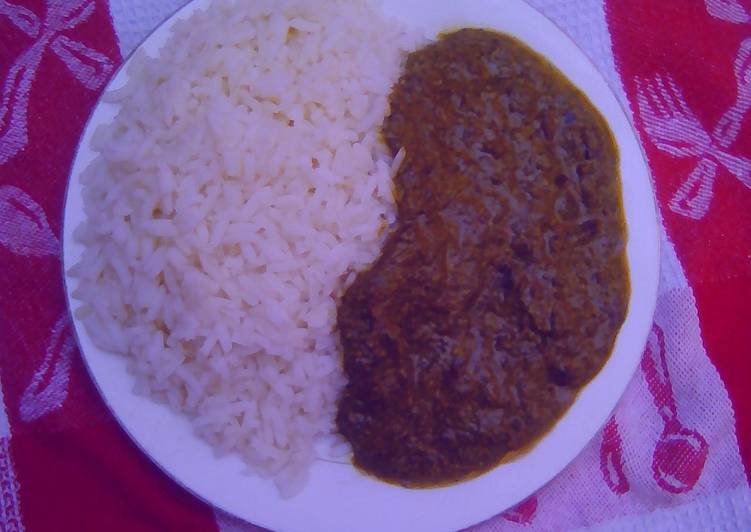Cassava leaves(mathapa)
Cassava leaves(mathapa). Cassava leaves contains vitamins, proteins, minerals and essential amino acids. The leaves of cassava are rich in lysine protein which helps to fight against the kwashiorkor which is caused due to. Today I will be showing you how to cook this delicious recipe called cassava leaves This recipe is very famous in west Africa Hope you enjoy 😊.
 Find cassava leaves stock images in HD and millions of other royalty-free stock photos, illustrations and vectors in the Shutterstock collection. Thousands of new, high-quality pictures added every day. Cassava leaves soup is widely consumed in West and central Africa. You can cook Cassava leaves(mathapa) using 8 ingredients and 8 steps. Here is how you achieve it.
Find cassava leaves stock images in HD and millions of other royalty-free stock photos, illustrations and vectors in the Shutterstock collection. Thousands of new, high-quality pictures added every day. Cassava leaves soup is widely consumed in West and central Africa. You can cook Cassava leaves(mathapa) using 8 ingredients and 8 steps. Here is how you achieve it.
Ingredients of Cassava leaves(mathapa)
- Prepare 1 of dish of 1kg full of cassava leaves.
- Prepare 5 of cloves garlic.
- You need 2 of medium onion.
- It's 1 of chicken stock powder.
- Prepare 2 of coconut milk.
- Prepare 2 cups of peanut powder.
- It's 4 of sea crabs.
- It's Pinch of salt.
In Liberia, Sierra Leone and Cassava leaves soup is also called Saka Saka or Pondu. It can be made with peanut butter or. Cassava is a tuberous, woody, shruby perennial plant, Manihot esculenta, of the Euphorbiaceae (spurge family), characterized by palmately lobed leaves, inconspicuous flowers, and a large, starchy, tuberous root with a tough, papery brown bark and white to yellow flesh. Cassava flour is one of many options for gluten-free, grain-free baking, but it's high in carbohydrates and lower in nutrients than other alternative flours.
Cassava leaves(mathapa) instructions
- Boil your smashed cassava leaves with garlic for 2 hours.
- Add onion, coconut milk and peanut powder.
- Boil sea crabs separate for 30 minutes.
- Peel it off and add in your cassava leaves in the pot.
- Add salt and chicken stock powder.
- Boil for 1 hour.
- Preferebly serve with rice.
- It's so so delicious.
Cassava leaf soup also known as saka saka or pondu is a simple, yet tasty and substantial soup that is widely consumed in many parts of Central Africa especially in countries like Sierra Leone, and Liberia. The leaf of the cassava plant. Cassava leaves are a good source of protein if supplemented with the amino acid methionine. They can be pounded to a fine chaff and cooked as a palaver sauce in Sierra Leone, usually with palm oil but vegetable oil can also be used. Cassava processing produces large amounts of waste and is generally considered to contribute In Nigeria, for example, cassava wastes are usually left to rot away or burnt to create space for the.